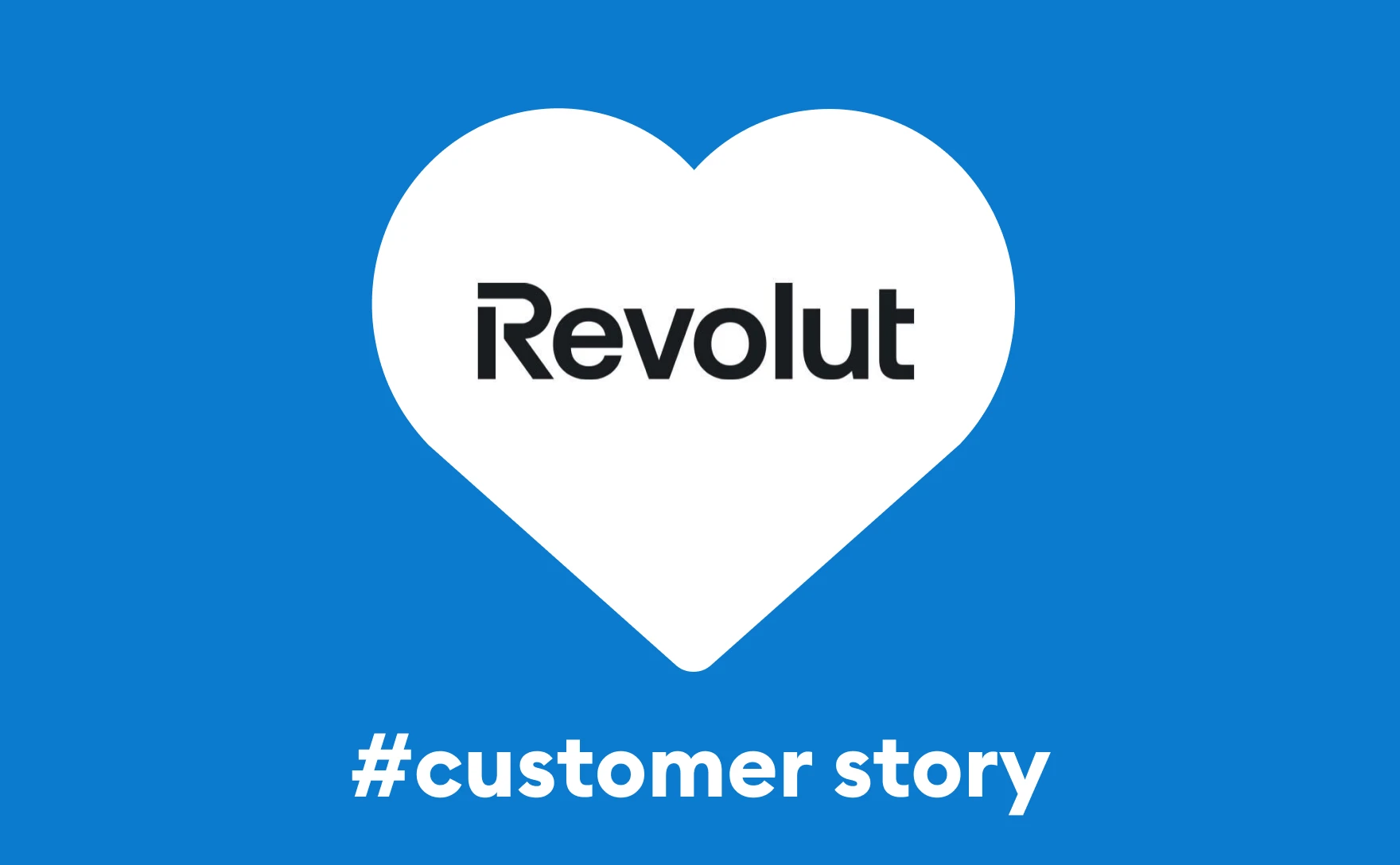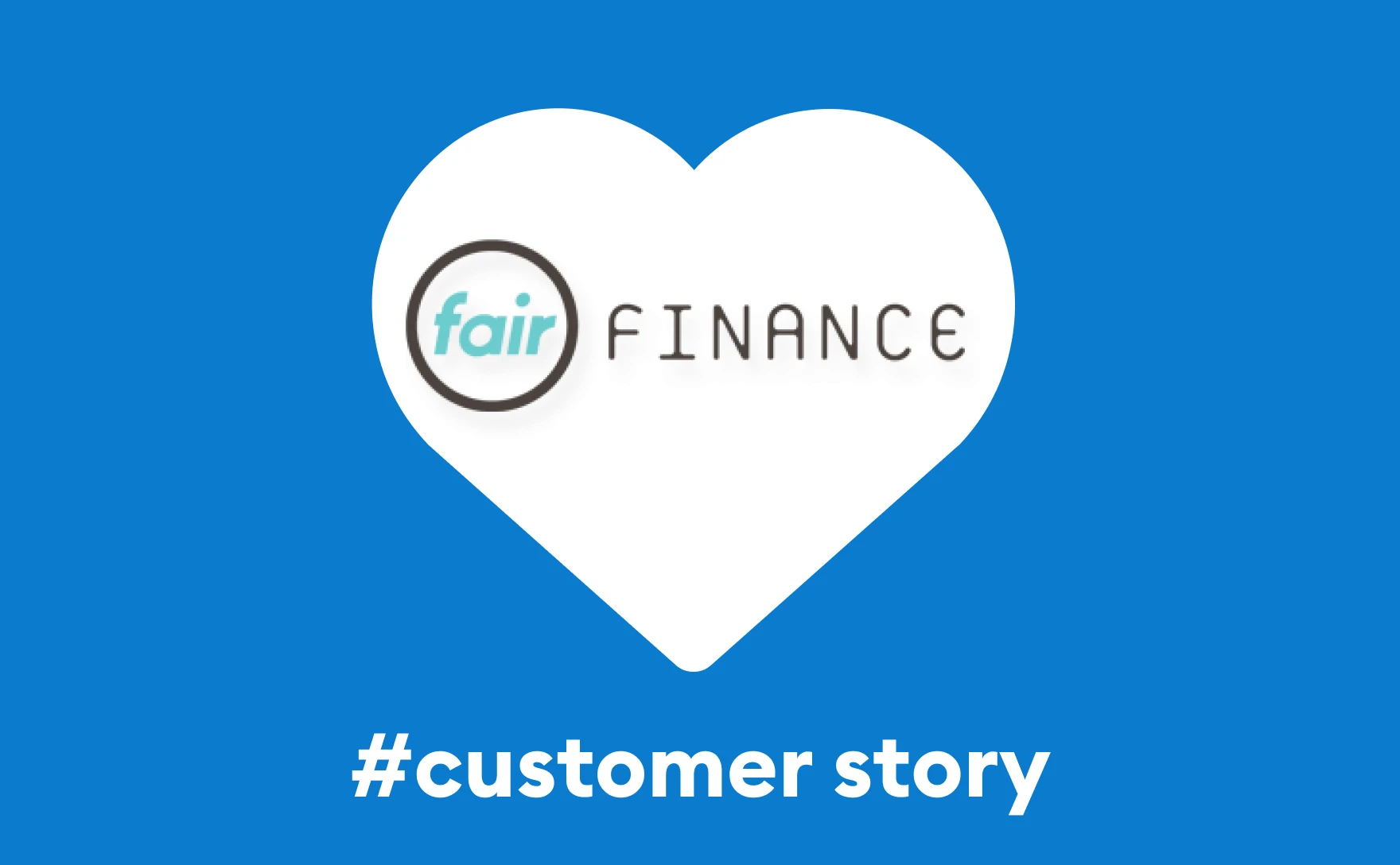Why should Open Banking data be enhanced by Machine Learning?

Part 1: Bank account activity
For credit decisions, Open Banking data is considered the most reliable.
Access to Open Banking data is difficult to falsify, since it is sourced directly from the bank, and is subject to a bank authentication process, which is necessary for its aggregation.
In short, Open Banking data is protected both by regulations (DSP2) and by the technology that provides access to it.
However, direct access to bank data is no guarantee of its quality.
Indeed, consumer habits have evolved, and individuals' banking data is now spread across several financial establishments.
We no longer speak of a main bank: the vast majority of consumers are multi-banked. Salaries may be received from one account, and bills paid from another.
This makes it easier for consumers to hide "embarrassing" financial information by sharing a "neutral" bank account, rather than all their accounts, when applying for credit.
As a lender, it is therefore important to adapt to and identify these different profiles, so that they can be properly taken into account in the risk analysis.
At Algoan, the Data Science team has developed an activity score that enhances our credit decision support tools based on Open Banking data.
This enables lenders to identify accounts whose activity seems abnormal or insufficient to make a credit decision. And this, without having to set up complex business rules themselves to validate the relevance of synchronized accounts.
For example, an account showing only internal transfers may be considered healthy by a behavioral score, due to the account's stable cash flow and balanced budget.
However, its activity will not be sufficient to make a reliable credit decision. The aggregation of another account should then be requested.
How does this Activity Score work?
This activity score is based on a combination of strict exclusion rules and indicators for assessing bank account activity.
Strict rules enable profiles with the most obvious inactivity to be set aside directly. If one of these rules is triggered (e.g. no outgoing transactions identified on the accounts), the activity score suggests an immediate "No Go".
However, if the strict rules are not triggered, a second level of evaluation automatically takes over. Algorithms for detecting payment type (card payment, direct debit, etc.), categorization (salary, loan repayment, shopping, etc.) and regularity are used to calculate a set of indicators based on the following three pillars:
- Account activity: number of transactions, depth of history, etc;
- Income: salary, welfare benefits or other regular income ;
- Expenses: card payments, rent, direct debits for electricity, telecoms, etc.
These indicators are weighted by our algorithms to obtain a score between 0 and 100 that can be interpreted as follows:
- Less than 20: insufficient activity ;
- Between 20 and 50: limited activity ;
- From 50: normal activity and active accounts.
Today, we observe between 5% and 10% of users with an activity score below 20 (insufficient activity).
This fine-grained interpretation has been made possible by the analysis of millions of banking data records, carried out since 2018 by our Open Banking data analysis and enrichment algorithms. Thanks to the precise identification of different Open Banking profiles, we are able to provide a reliable analysis of the banking activity of the loan applicant. This analysis complements a behavioral score, which assesses the probability of default based on the borrower's financial behavior. This combination makes it possible to detect the individuals most at risk for the lender.
With the arrival of Open Finance, additional access to savings accounts and individual investment data will undoubtedly further improve the performance and reliability of credit decisions. In this context, where several sources of financial data can be cross-referenced, fraud - already compromised by Open Banking - will be even more complex to implement, and that's good for us!
You may also be interested in
A project? A question?
Would you like to change the way you make credit decisions? Let's talk!



